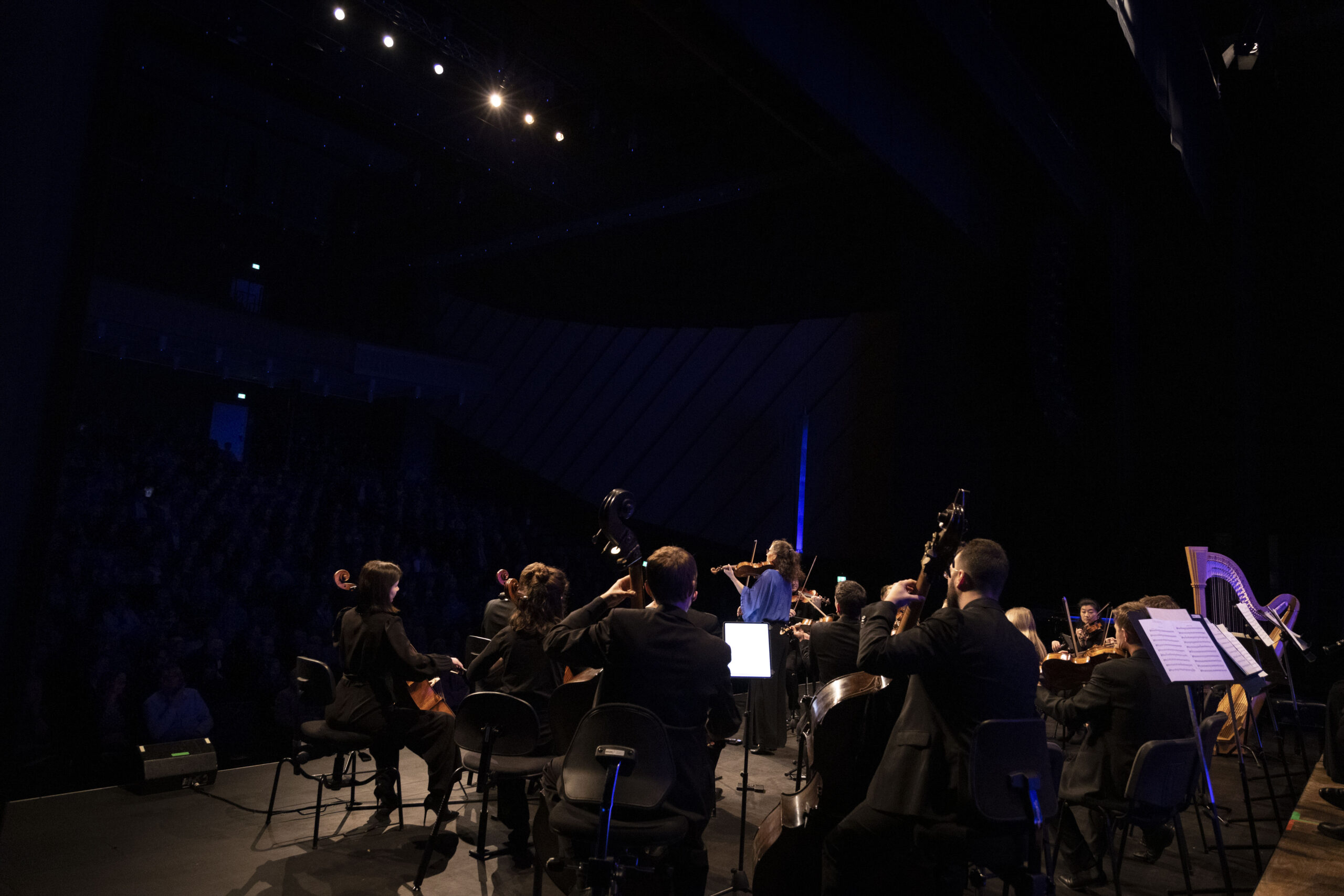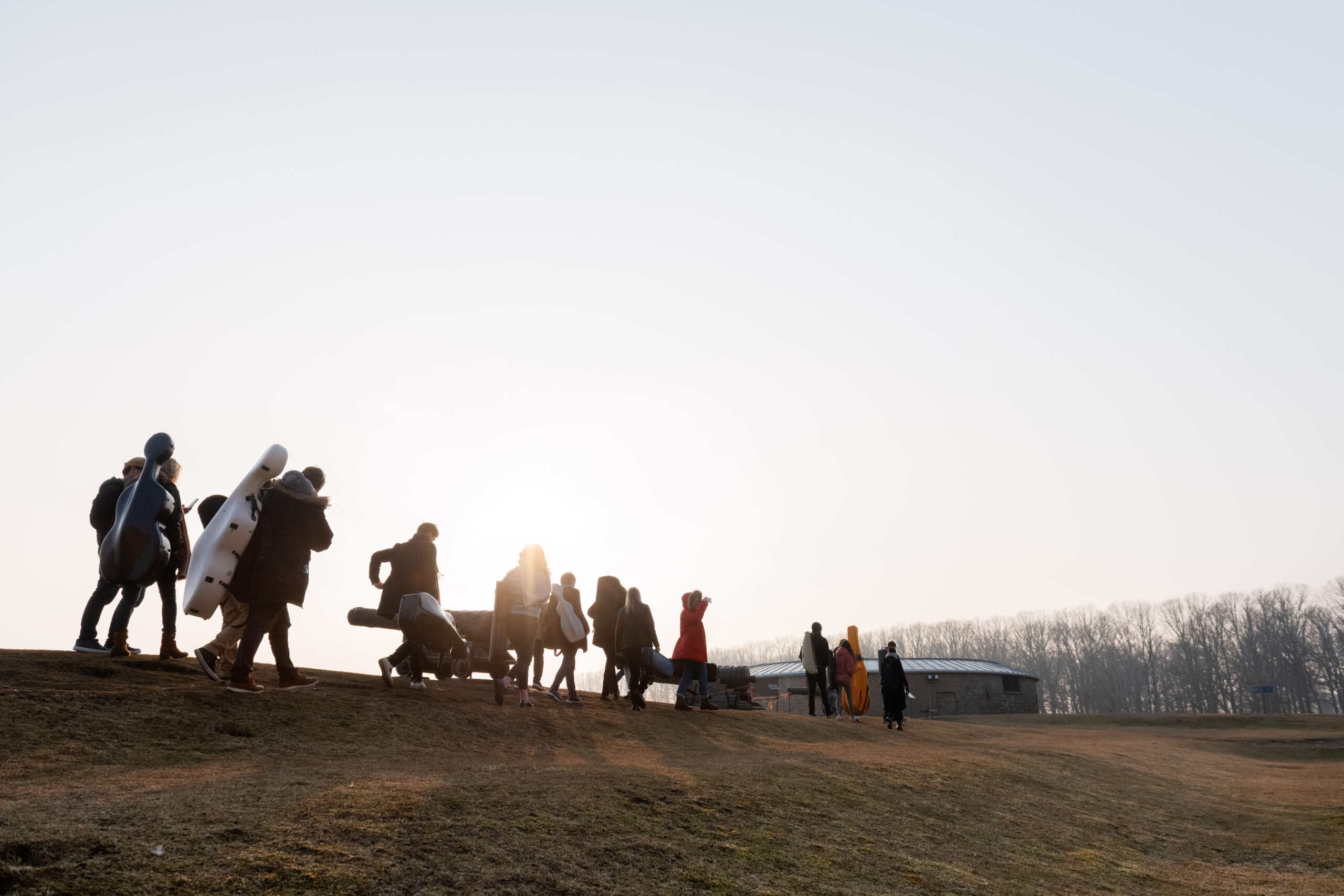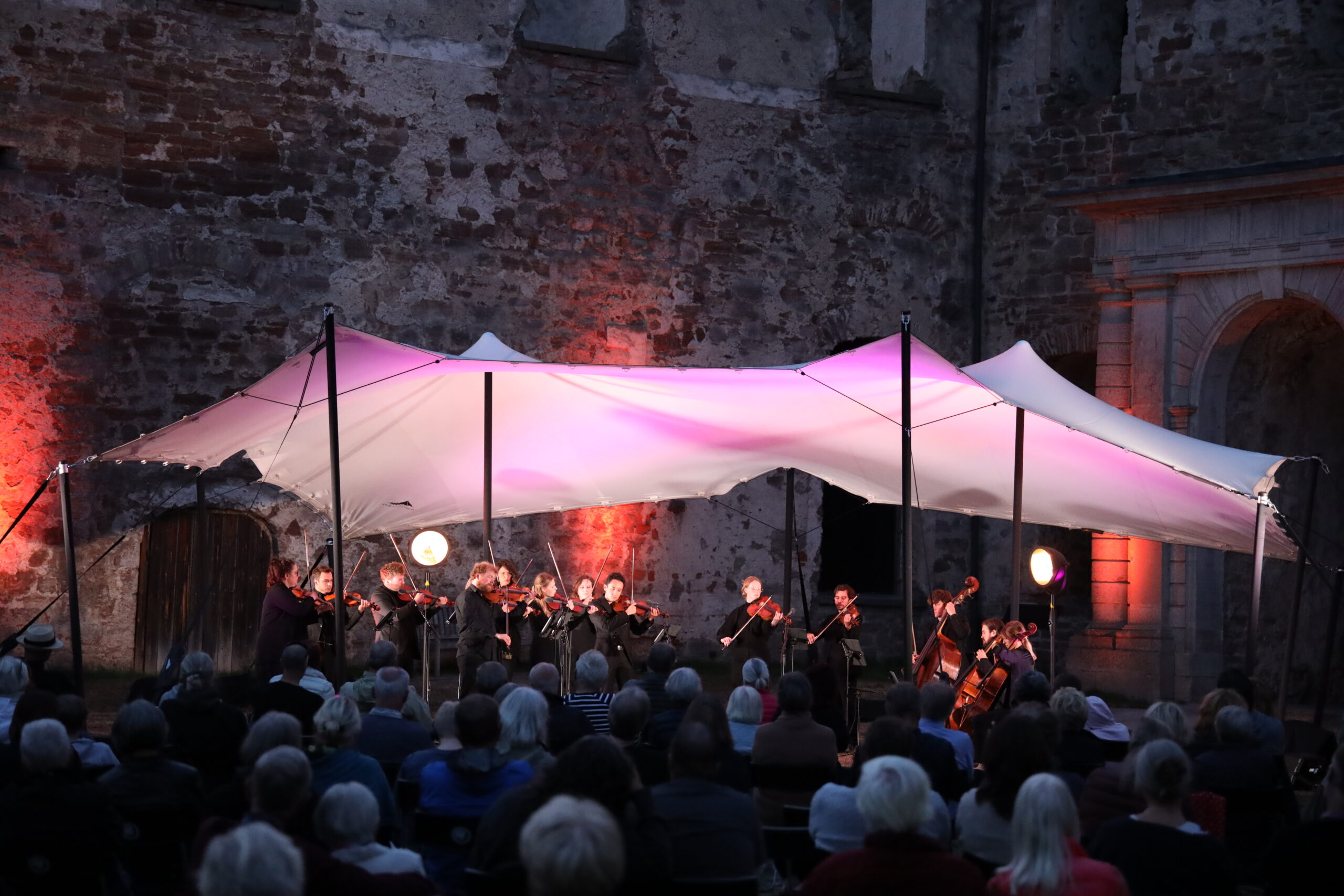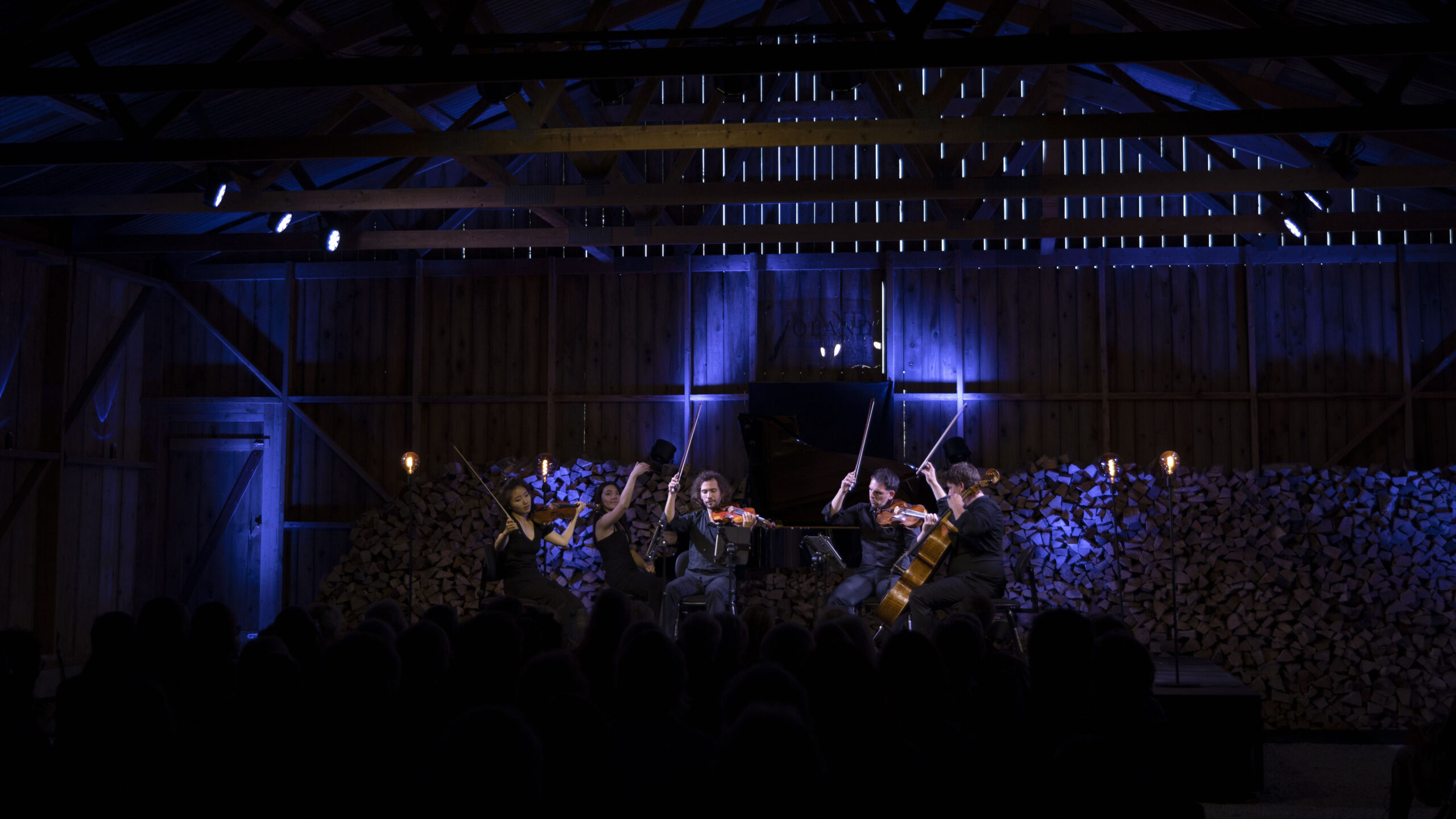The program
The artists
The concert
In this program, Camerata's artistic director Zéphyrin Rey-Bellet, leading the orchestra from the cello, has crafted a selection that highlights Camerata Nordica's own musicians and brings together composers from various cultures, reflecting the diverse backgrounds of the orchestra members who gather from all across Europe to perform here.
The concert opens with Jean Françaix's 6 Préludes for Strings, a charming suite for 11 players: 6 violins, 2 violas, 2 cellos, and a double bass. Each short piece in this set brings out the character of a different instrument even featuring the double bass.
Following this is the deeply moving Adagio pour Quatuor d'Orchestre by Guillaume Lekeu. Premiered posthumously in Paris on April 29, 1894, under Vincent d'Indy's direction, the piece is accompanied by an epigraph from Georges Vanor's poetry: "les fleurs pâles du Souvenir." Known for its expressive depth, the Adagio has become one of the most cherished works from Belgium.
The first half concludes with Vivaldi's Concerto for Two Cellos, highlighting Vivaldi's flair for vibrant dialogue and harmony.
The second half opens with one of Bach's most admired works, the Concerto for Two Violins in D minor, BWV 1043, composed around 1730 as part of his Leipzig concert series for the Collegium Musicum. This piece remains a staple of the Baroque repertoire for its intricate counterpoint and harmonious interplay.
To conclude, we return to Nordic landscapes with Hugo Alfvén's Vallflickans Dans from Bergakungen, a lively and folkloric dance that evokes the spirit of Scandinavian folk traditions and celebrates the orchestra's connection to its northern roots.




